Dave did an analog multimeter teardown in his latest episode. I have a Chinese made MF 10A multimeter bought back in the 90’s and thought I’d do a teardown to take a look at what is inside.
MF 10A is not widely known outside China, but it is built by one of the most prestige companies in Shanghai. Unlike a lot of vintage multimeters which had become obsolete, this one is still being manufactured and you can get one at around $40 here in the US.
Spec-wise, this multimeter is quite impressive. While it’s accuracy is only rated at 2.5% (still pretty good for an analog multimeter), it is one of the most sensitive analog multimeters money could buy. For example, it has a DC current range down to 10 µA, and it is the only one of the few analog multimeters I have ever used to offer a x100K resistance range. Using this range, you can measure resistance up to 50MΩ and can estimate resistance even beyond this range. It also has an 100KΩ/V input impedance for DC voltage measurement between the 1V and 100V ranges.
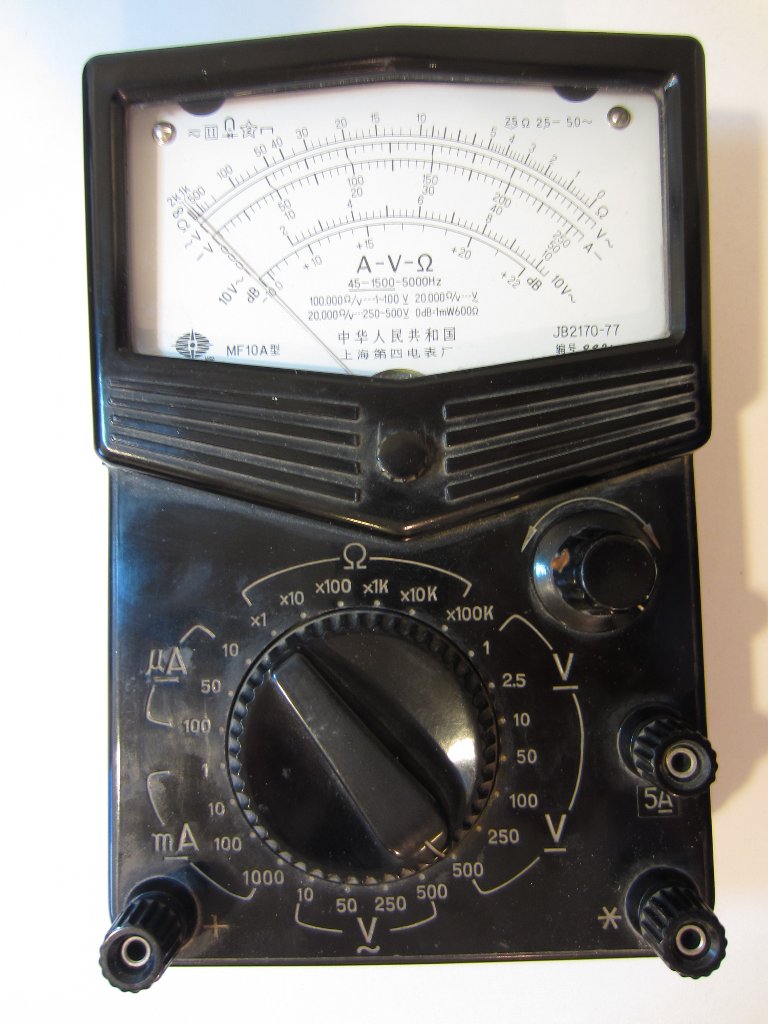
|
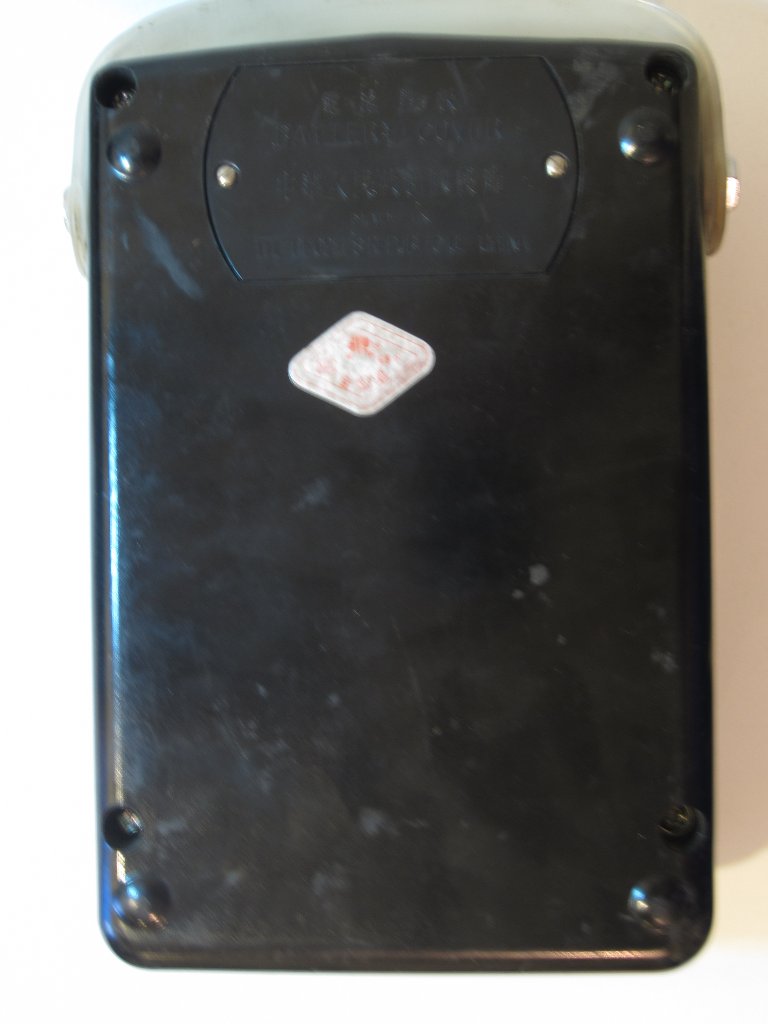
|
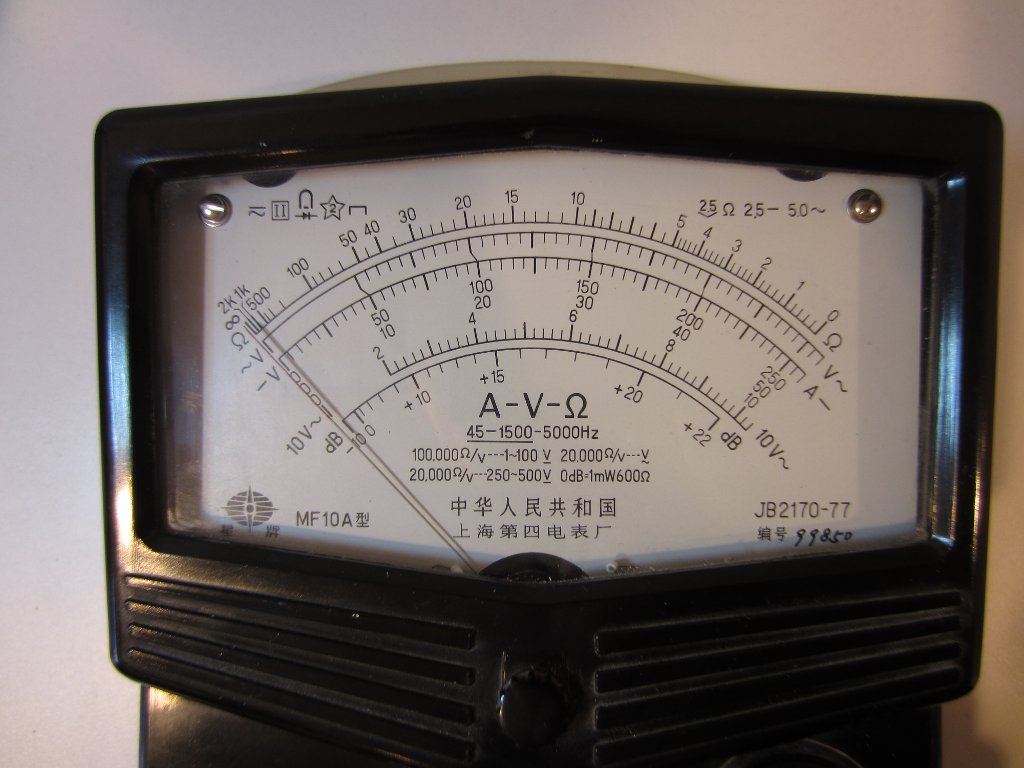
|
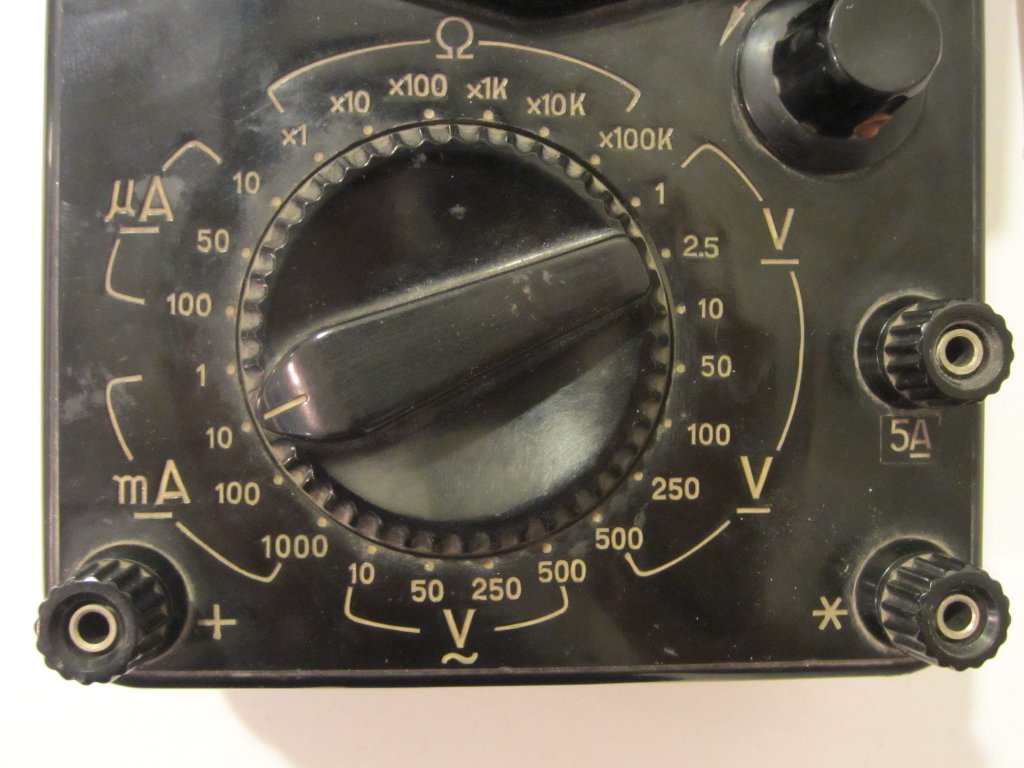
|
MF 10A takes a C battery for the X1 to X10K resistance measurement ranges and a 15V battery for the x100K range. The 15V battery is not standard here in the US, but you can fit in an A23 12V battery with some padding and it works fine.
The construction of the meter is pretty decent. An FR-4 PCB is used and many of the resisters are individually wrapped. The rotary switch is constructed using ceramic base with a solid brass insert which is very robust and can withstand substantial abuse.
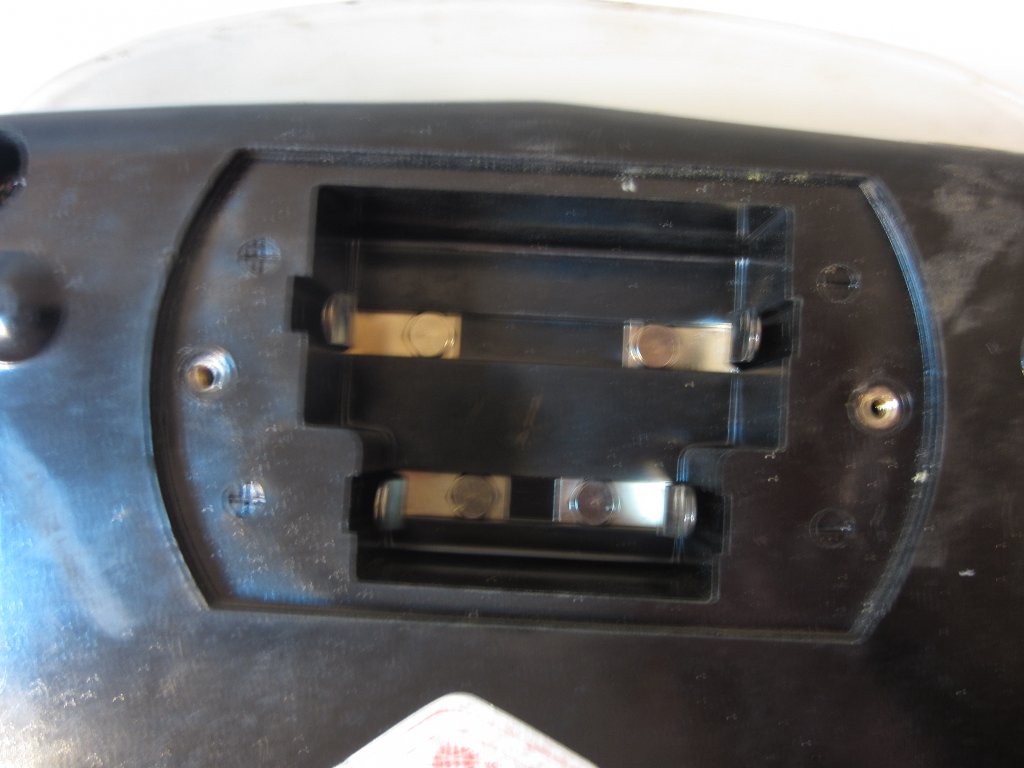
|
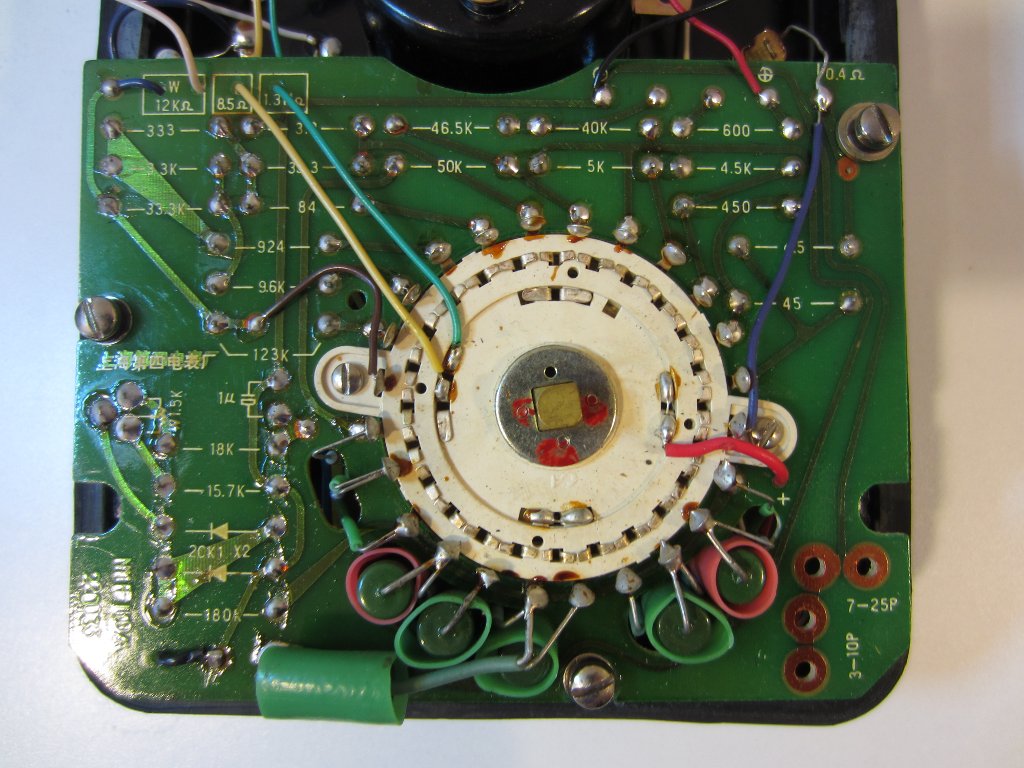
|
Look at the size of that resistance range zeroing potentiometer! I didn’t bother removing the PCB (to do so, the range switch will need to be disassembled. I had done it once before, but there wasn’t much to see underneath). As you can see in the pictures below, the lower value resistors are hand-wound – not the prettiest, but they get the job done.
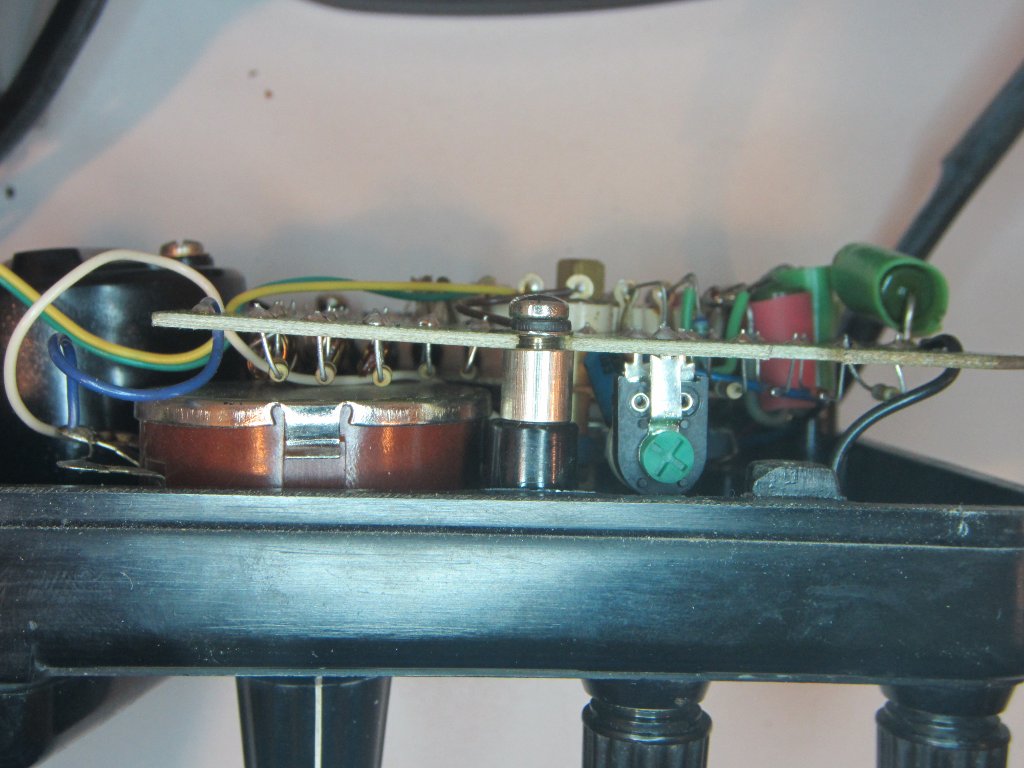
|
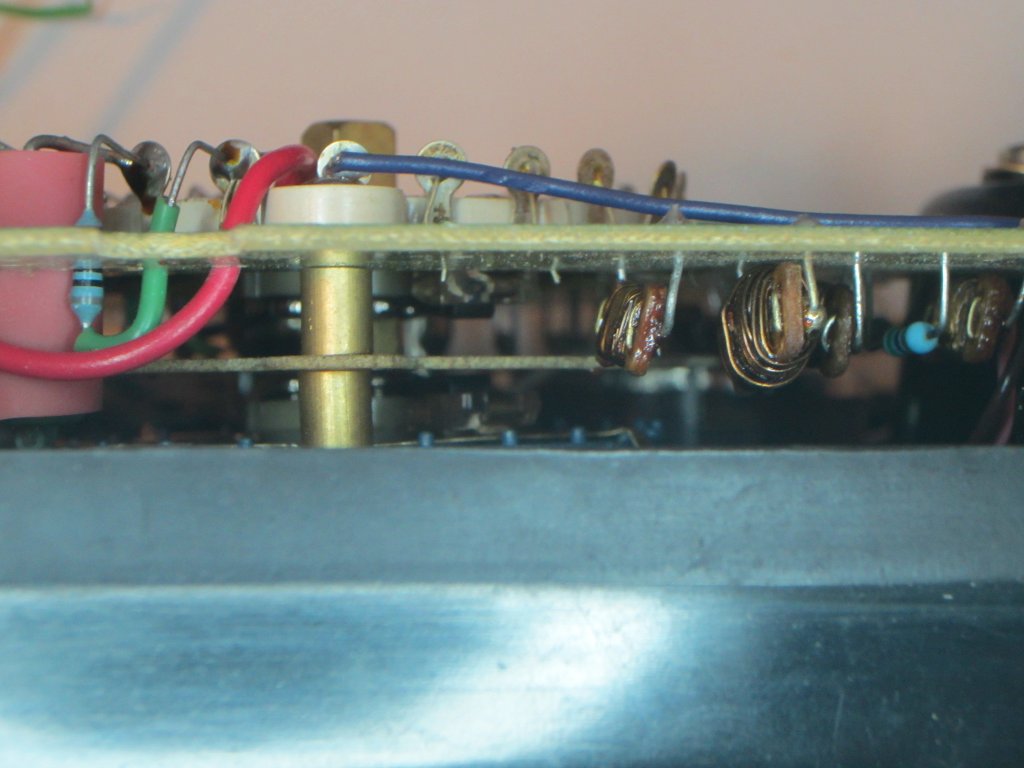
|

